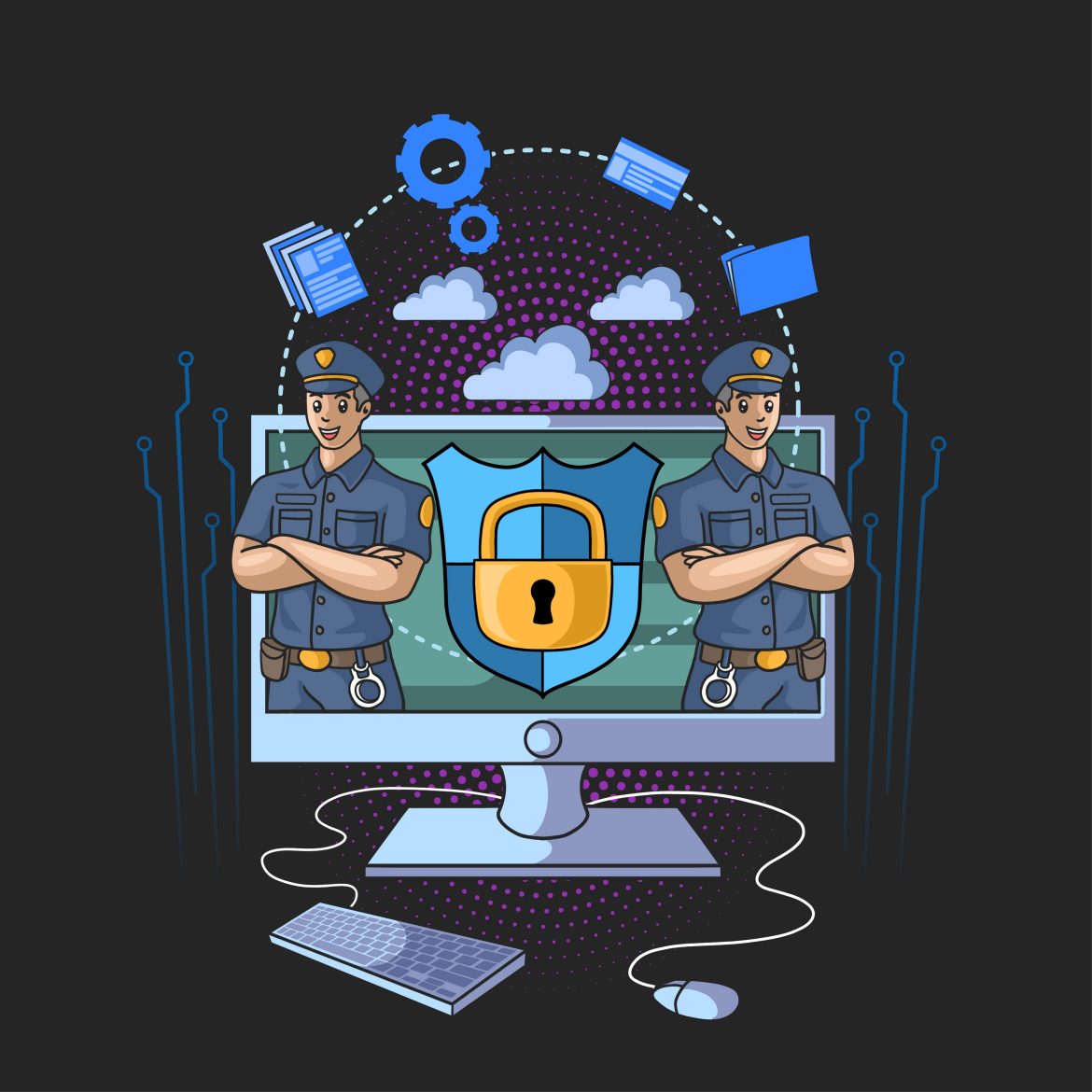Introduction
By providing scalable and effective solutions, Software as a Service (SaaS) companies are continuing to transform corporate operations as we move forward until 2025. However, a number of security issues are raised by this quick adoption, which calls for proactive solutions. We examine the main security risks that SaaS organizations are facing this year below.
Ransomware Through SaaS
The sophistication of ransomware assaults has increased, and in an effort to cause as much disruption as possible, thieves are focusing on SaaS platforms. These assaults frequently use social engineering, phishing methods, or software vulnerability exploits to get into systems. Critical data is encrypted by attackers once they’re inside, making it unusable until a ransom is paid. It’s concerning that the advent of Ransomware-as-a-Service (RaaS) has made it easier for even inexperienced attackers to launch powerful ransomware attacks. Nearly 25% of all cyber events in 2024 were caused by ransomware, and some companies had to pay up to $75 million in ransoms. Traditional security measures like multi-factor authentication (MFA) and endpoint protection can sometimes stop advanced ransomware. However, businesses must implement thorough detection and response plans to strengthen their defenses.
Third-Party Risk Management
To improve functionality, SaaS ecosystems frequently interact with different third-party apps and services. Although beneficial, this connectivity poses risks because third-party vendors’ security directly impacts the SaaS organization’s safety. Attackers may use a compromised third-party application to get access to private information or interfere with services. Effective third-party risk management requires thorough due diligence. Ongoing monitoring is also essential. Businesses must set strict security guidelines for all partners to minimize threats.
Data Breaches
Because SaaS organizations handle so much sensitive data, data breaches continue to be a major problem. Weak authentication procedures, credentials theft, or the exploitation of program flaws can all lead to unauthorized access. Data breaches have serious repercussions, such as monetary losses, harm to one’s reputation, and legal issues. Strong encryption mechanisms, stringent access controls, and frequent security audits are crucial steps in preventing this and safeguarding data confidentiality and integrity.
Phishing
Phishing attempts have become increasingly sophisticated and often impersonate legitimate emails in an attempt to fool recipients into divulging personal information or permitting unauthorized access. In the context of SaaS, phishing can lead to compromised user accounts, fraudulent transactions, and data theft. Implementing sophisticated email filtering technologies and teaching staff and users how to spot phishing efforts can greatly lower the likelihood of becoming a victim of these schemes.
Account Hacks
Account hacks happen when hackers get user accounts without authorization, usually by using brute force assaults or credential theft. Once inside, they can alter data, interfere with services, or exfiltrate data. Protecting accounts from unwanted access requires implementing multi-factor authentication (MFA), keeping an eye out for odd login activity, and enforcing strong password restrictions.
Internal Threats
Because they come from within the organization, insider threats—whether deliberate or unintentional—present a special difficulty. Legitimately authorized workers, contractors, or partners may abuse their powers to steal information, compromise systems, or unintentionally create vulnerabilities. To identify and stop insider threats, it is essential to set up stringent access controls, keep an eye on user behavior, and promote a security-conscious culture.
Cloud Security Challenges
While using the cloud has many benefits, there are unique security risks as well. SaaS platforms may be vulnerable to attacks due to cloud infrastructure flaws, incorrect setups, and insufficient access controls. To defend against potential threats, ensure proper cloud resource configuration, conduct frequent vulnerability assessments, and follow cloud security best practices.
Supply Chain Attacks
By infiltrating a third-party program or service that is a component of the SaaS company’s supply chain, supply chain assaults obtain indirect access to the main target. As seen by prominent cases where hackers gained access to systems via reliable vendors, these attacks can have far-reaching effects. Implementing stringent supplier screening procedures, keeping an eye on things constantly, and creating backup plans are all crucial ways to reduce supply chain risks.
Insecure APIs
SaaS functionality relies heavily on Application Programming Interfaces (APIs), which provide communication and integration between various services. Insecure APIs, on the other hand, may provide hackers with access points to data or interfere with services. Sensitive data exposure, poor authentication, and a lack of encryption are frequent problems. Important steps to guarantee API security include monitoring API traffic, imposing robust authentication procedures, and routinely testing APIs for vulnerabilities.
Shadow IT
The term “shadow IT” describes the usage of unapproved software or hardware inside a company. Although employees use these technologies to boost productivity, they pose serious security risks, including data leaks and regulatory noncompliance. A study highlighted the prevalence of shadow IT, revealing that businesses had not authorized 52% of the SaaS applications they used.Organizations can address this by putting in place policies that promote the use of authorized technologies, conducting routine audits to find unauthorized apps, and educating staff members on the dangers of shadow IT.
Conclusion
It is critical for SaaS organizations to remain alert against these security threats as they traverse the changing digital landscape of 2025. SaaS companies may secure their platforms and the priceless data entrusted to them by putting strong security measures in place, encouraging awareness, and upholding proactive risk management procedures.
[/vc_column_text][/vc_column][/vc_row]

